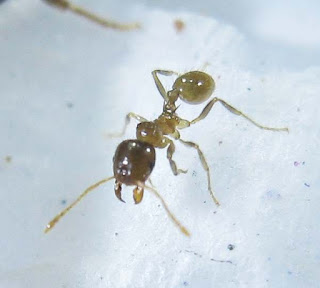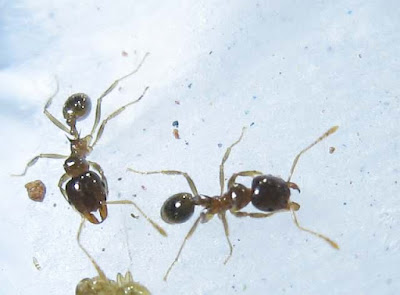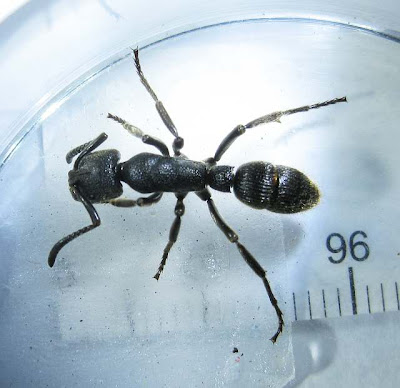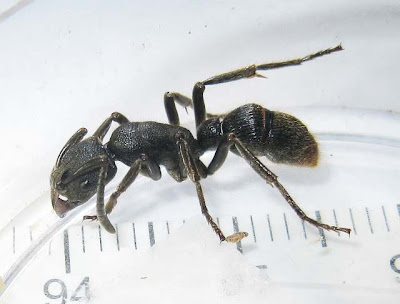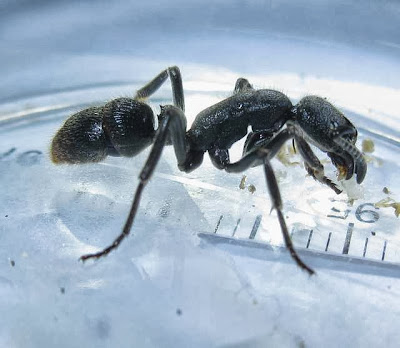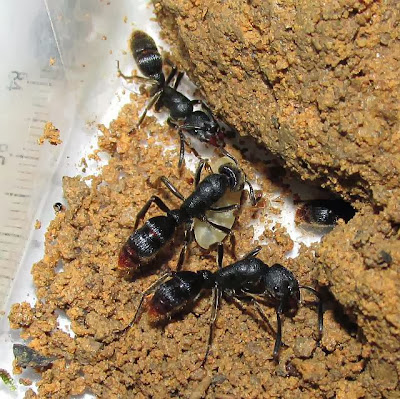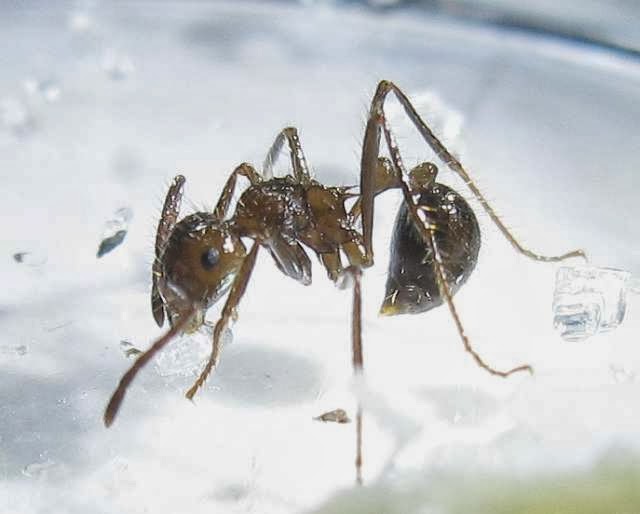Pheidole, the big headed ants, is among one of the largest ant genus. Most are average size small ants with minor workers of around 2 millimeters to 4 millimeters. Pheidole species are usually dimorphic with a few polyrmorphic species seeing several expressions in the major worker caste. The majority of of Pheidole species are dimorphic.
See also:
Updated: 2022 03 15
Taxonomy:
No rank: cellular organisms 131567
Superkingdom (Domain): Eukaryota 2759
No rank: Opisthokonta 33154
Kingdom: Metazoa 33208
No rank: Eumetazoa 6072
No rank (Subkingdom): Bilateria 33213
No rank (Branch): Protostomia 33317
No rank (Infrakingdom): Ecdysozoa
No rank (Superphylum): Panarthropoda 88770
Phylum: Arthropoda 6656
No rank (Subphylum): Mandibulata 197563
No rank: Pancrustacea 197562
Subphylum (Epiclass): Hexapoda 6960
Class: Insecta 50557
No rank (Subclass): Dicondylia 85512
Subclass (Infraclass): Pterygota 7496
Infraclass: Neoptera 33340
Cohort: Holometabola
Order: Hymenoptera 7399
Suborder Apocrita 7400
Infraorder: Aculeata 7434
Superfamily: Formicoidea
Family: Formicidae 36668
Subfamily: Myrmicinae 34695
Tribe: Pheidolini 144015
Genus: Pheidole 190769
First Posted: 2018 12 12
© 2009 – 2022 Quah. All rights reserved.








